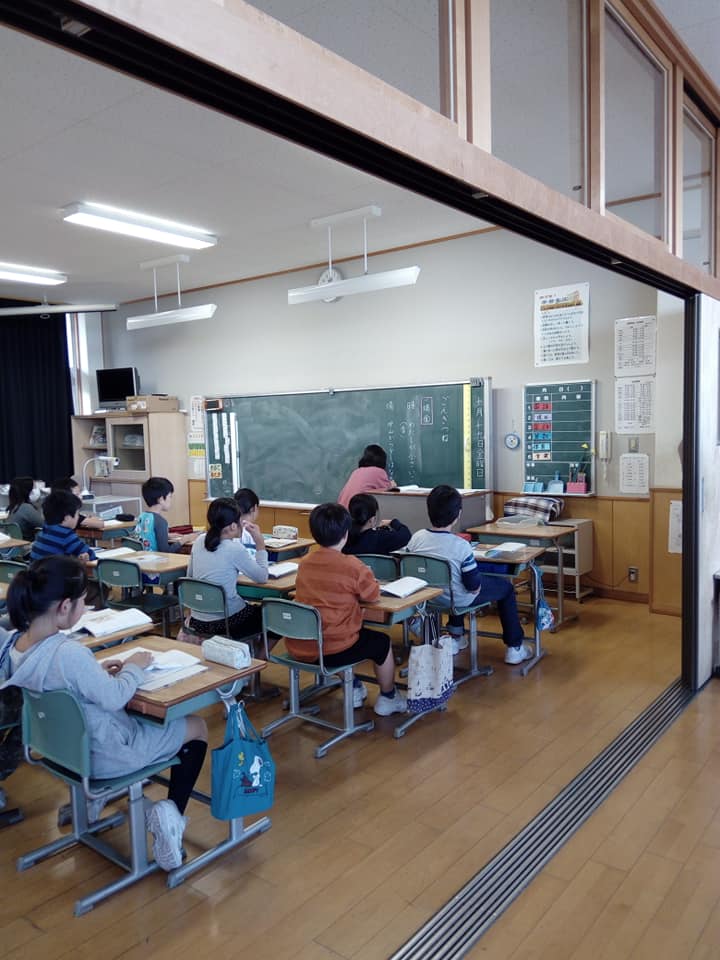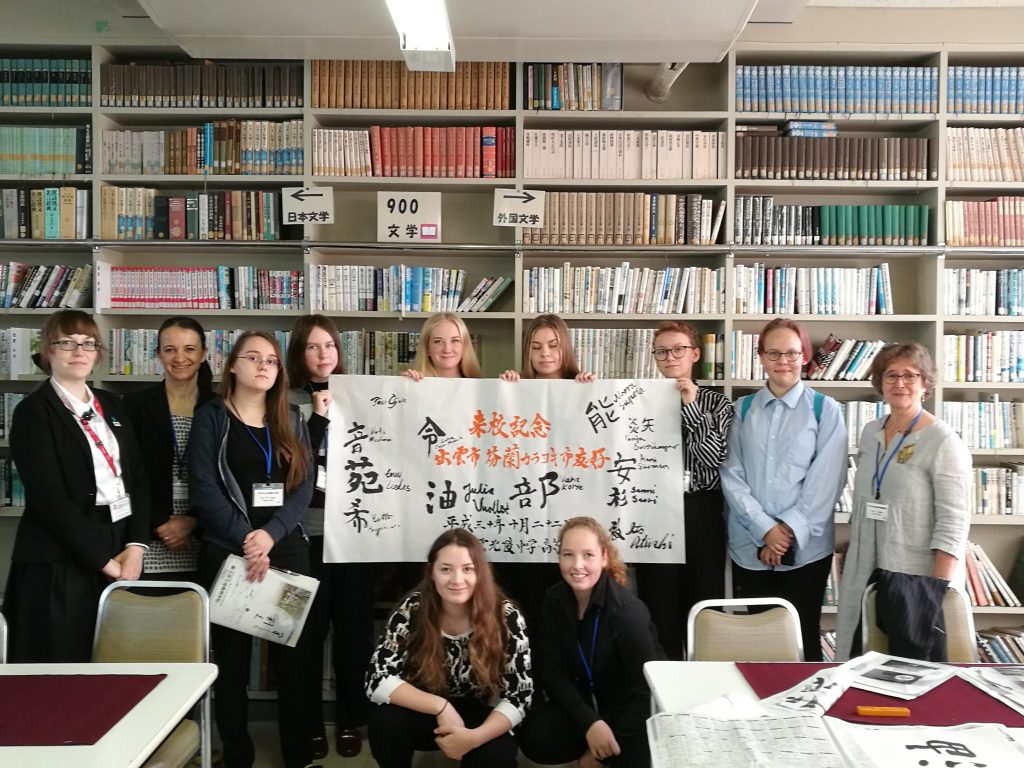Academic Cross-Cultural Differences – General Observations
In an academic world, it is not unusual that students and staff experience academic cultural differences. These differences can be significant for students or staff members that study or work abroad. However, also studying at the home university together with students that have different cultural backgrounds or working together with a colleague that comes from another culture can cause misunderstandings and challenges in communication. For that reason, it is of great importance to work on one’s own intercultural skills. It can be of interest for students that study or work abroad or together with people from different cultures. It may also be of interest for staff members that work in an international field.
This blog text is the first part of a three-part series. Parts two and three can be read, listened to and watched by clicking on the following links:
Part Two – Academic Cross-Cultural Differences – Communication (released 1.10.)
Part Three – Academic Cross-Cultural Differences – Academic Writing (released 8.10.)
Cultural Norms
Let us imagine a case in which a Finnish student or staff member decides to go abroad in order to study or work. As a member of another academic world, most of the previous experience will have been of other educational systems in languages and cultural contexts that differ from the one in which the person is studying or working in now. The person’s behavior is based on prior experience of educational practice, and often we are not aware of what governs our behavior. We commonly do what we believe is appropriate and expected. However, studying or working in a new academic environment requires critical observation of what is expected to be „normal“. Strategies we applied in the past may not work in an unfamiliar academic system or they might even have undesired consequences.

Thinking Outside of the Box
If we are aware of these differences, we can prevent misunderstandings, miscommunication and frustration. It is of great importance to keep an open mind. Instead of judging other people, the newcomer’s most important mission is to observe and adapt. It is also crucial to remember that neither one’s own academic culture nor the one you are unfamiliar with is right or wrong. They are just different. In order to handle situations in which academic cultural differences occur, everyone should learn to think outside of the box. For example, the whole educational system may be structured in a different way, and also the program, the course structure, the organization or the number of courses running parallel may differ from the one that the newcomer is familiar with. Additionally, there may be differences in terms of dress codes and other forms of multi-modal communication.

Five Main Areas
There are five main areas where academic cultural differences can lead to misunderstandings: The relation between teachers and students, teaching and learning methods, assessment, academic writing, and academic reading.
If you are interested in watching a video about the content of this article, watch it here: https://www.youtube.com/watch?v=RmZggHKT23k.
Text: Lena Segler-Heikkilä, PhD, Principal Lecturer, Humak University of Applied Sciences, Interpreting and Linguistic Accessibility.
